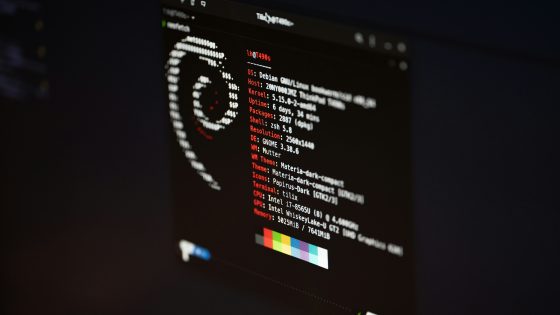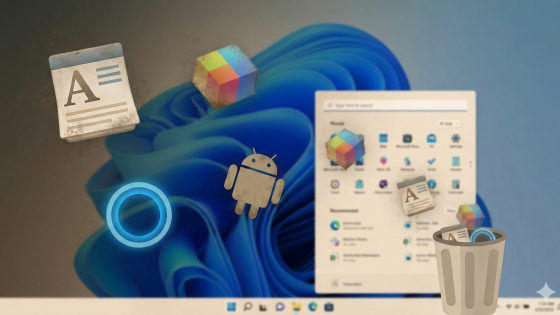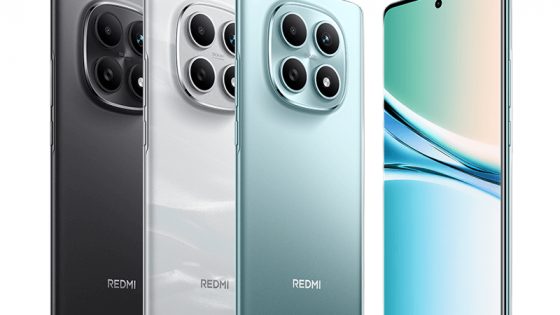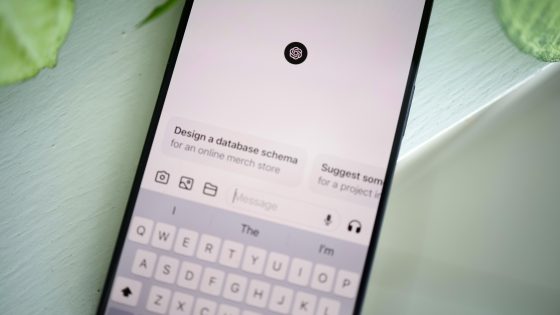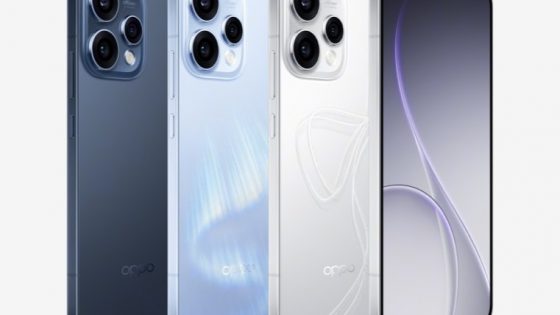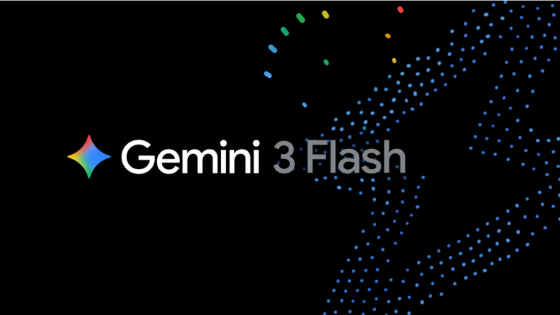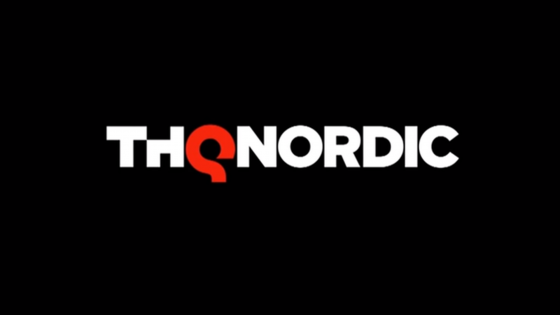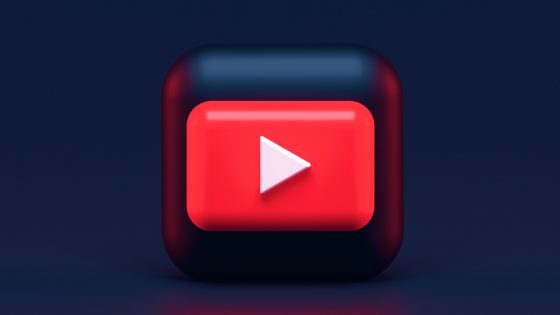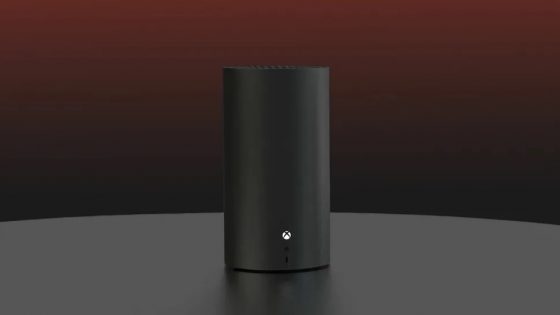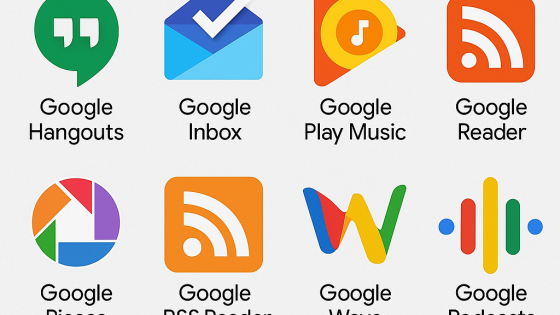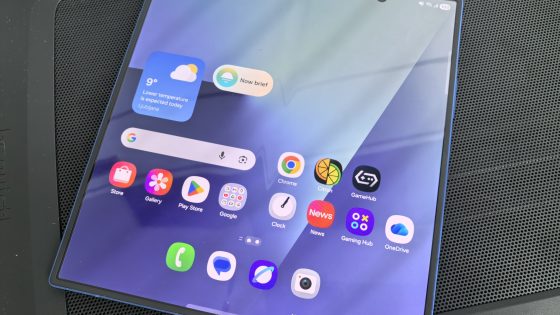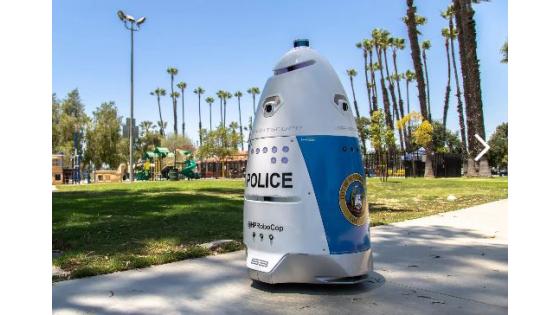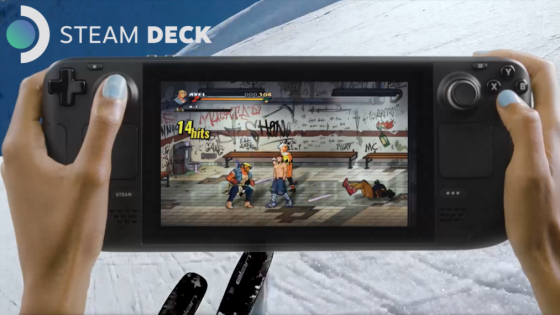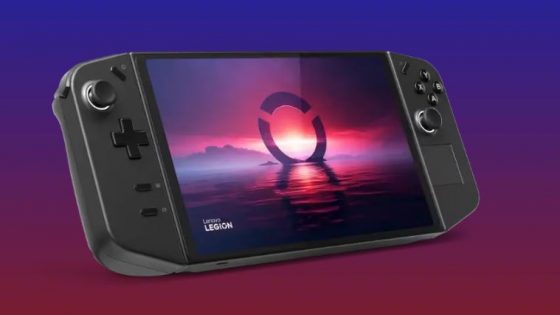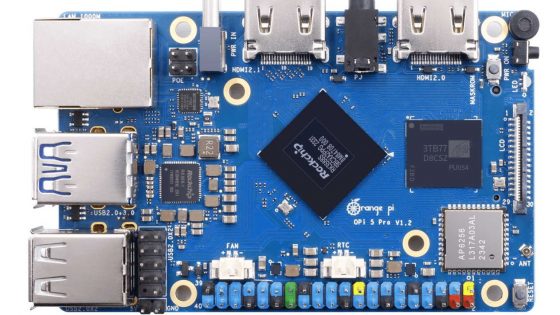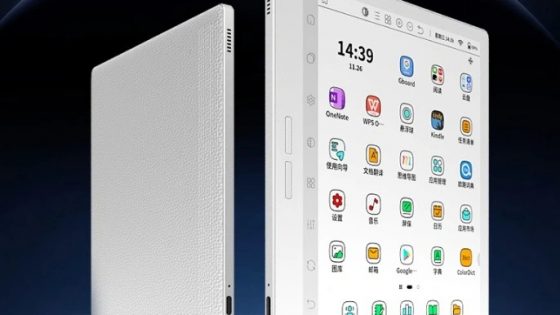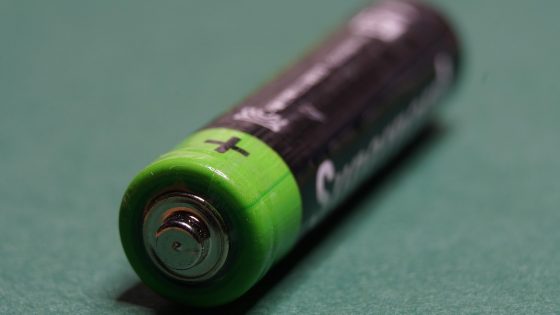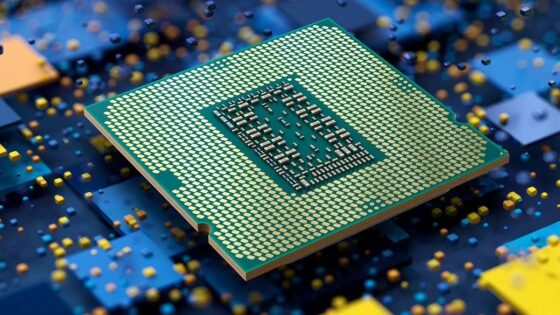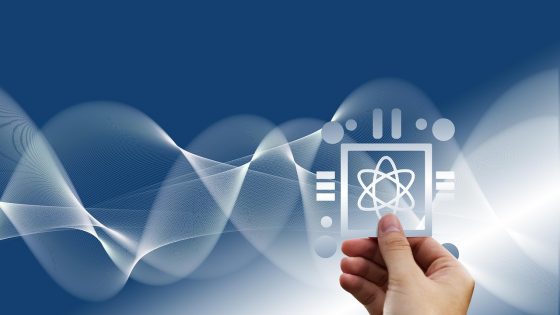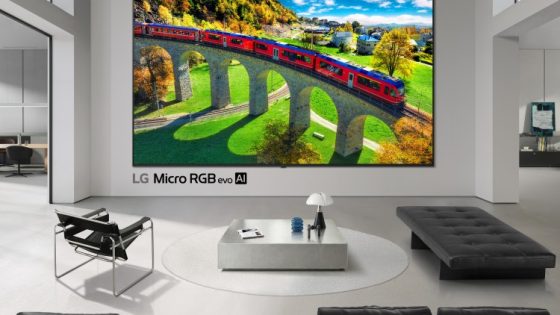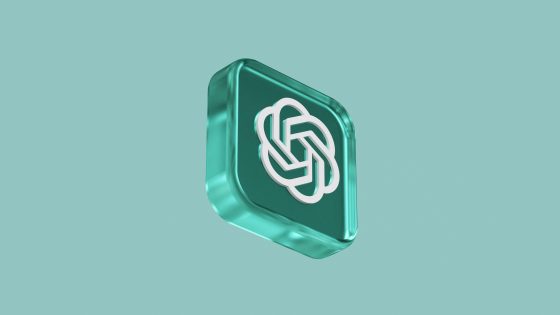Test: Huawei Pura 70 Ultra – beauty, photographer and engineer in one
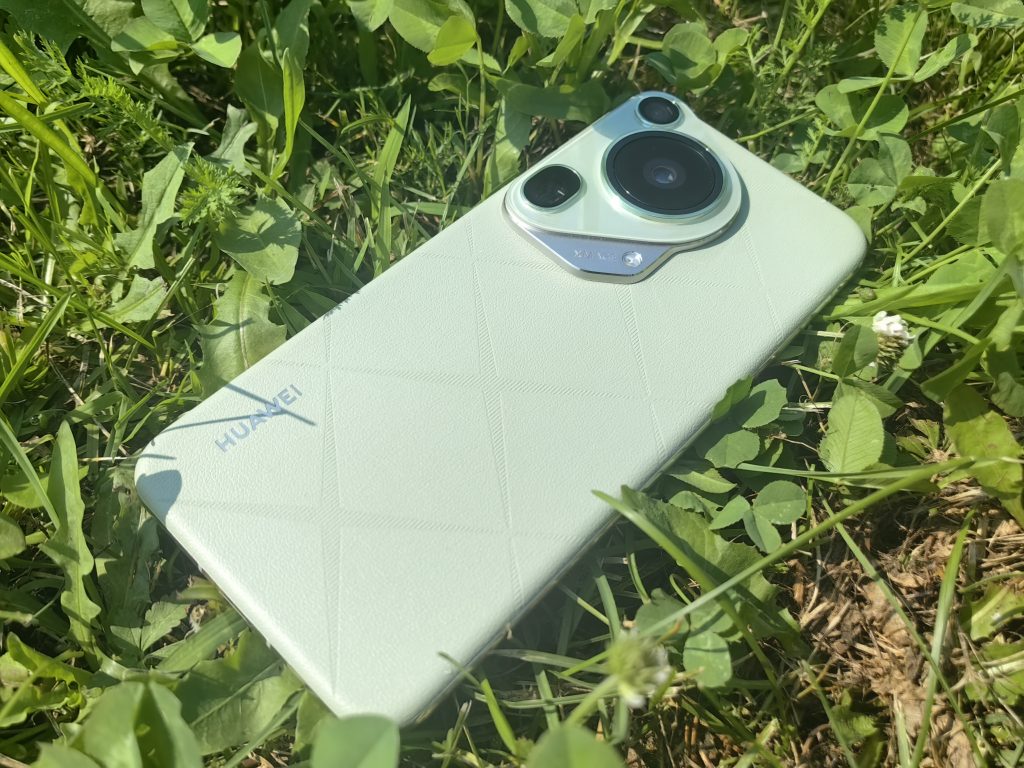
Huawei phones have had a tumultuous journey behind them. They were unknown, then they were the best, and now they are back on the edge, when you don't know if they will last or not. Will people remember them for the great phones, the fantastic photos, or the fact that they were smashed by the American hammer at their peak?
Looking at the latest Huawei Pura (formerly Huawei P) series, especially the Huawei Pura 70 Ultra, it feels like the Chinese manufacturer doesn't care too much about what others are doing. They tell their story. Of course, they feel the consequences of the blockade, but it must be admitted that despite everything, they steer the ship well through the fog.
Huawei Pura 70 Pro I have already tested it, which had high photographic expectations. It partially fulfilled them, but I still wanted more from Huawei, just as I have been used to in previous years. So I was impatiently waiting to get the Huawei Pura 70 Ultra for testing. And now I have it.
| Advantages | Weaknesses |
| A look like no other | Kirin's processor lags behind rivals |
| 1-inch pop-out camera | Average front camera |
| The other sensors are also very good | Poorer long-term support |
| Good screen | Software cover and advertisements |
| Enough space and RAM | No support for 5G network, eSIM |
Huawei Pura 70 Ultra price in Slovenia?
- Huawei Pura 70 Ultra 12GB/512GB: €1499
Huawei Pura 70 Ultra is available from A1 Slovenia, and the Pro version from Telekom Slovenije. I have only found it on sale (for now) on mobileshop.eu.
Huawei Pura 70 Ultra - I can't stand it
Few phones really stick in my memory. I remember the phone Xiaomi Redmi 13 because of the unique color combination, similar to the Huawei Mate 20, the Xiaomi Mi Mix 3 phone because of its boldness with a retractable camera, the Lumia 930 from 2014 because of Windows, Honor Magic V2 because of the engineering feat and what else I could find.
From the recent Huawei collection I like P60 because of the marble color (similar to what is now found on Honor 200), even my daily companion Huawei Mate 50 Pro is a bit special with its orange color.
The Huawei Pura 70 Ultra also has a special color. Green on the leather with a special texture catches the eye, it is also present on the frame of the camera for a uniform design. When the camera is pulled out (or raised from the case), we see a red circle that brightens up the green color a bit. The aluminum plate with Xmage lettering and the aluminum ring around all the cameras is also a nice aesthetic finish.


Huawei loves curves. The entire phone is curved, echoing the trend towards flatter phones dictated by Apple and Samsung. Of course, there is not as much going on in the front as in the back. The screen is curved, like it or not. I'm used to curved screens, although I scold them when I change the protective glass. It's not that I don't trust the Kunlun Glass protection, I'm just used to having another protection over the screen, especially because of microscratches, which are almost inevitable with long-term use.
Waterproofness and resistance to dust and other foreign objects (IP68) is expected in this class, the USB (3.1) connector supports connection to external displays.
The under-display fingerprint reader works well and is fast. If you are not satisfied with the reader on your phone, try registering the same finger twice. At least for me, the number of failed recognitions has significantly decreased.
Facial recognition is also fast. I miss the depth sensor, like on the Huawei Mate 50 Pro, which is extremely helpful in recognizing faces while wearing glasses or in low light.
It's not the brightest, but it's extremely colorful and fast
While Honor is toying with screen brightness of as much as 5,000 candelas (nits), most other manufacturers have reached around 2,500 candelas, which is still a very high brightness. More than sufficient for use in strong sunlight.
The Huawei Pura 70 Ultra has a different 6.8-inch OLED screen with LTPO technology. I caught that the refresh rate can go down to 10 Hz. On paper it has the ability to go down to 1Hz, but they have apparently capped it. The highest is 120 Hz.
The resolution is 1260 x 2844, just right for the size and not too high to increase battery consumption significantly. The OLED panel is well tuned. The colors are always very dynamic, accurate and not too saturated even at maximum brightness.
Viewing angles are very good despite the screen's curvature, there are no distortions, and there are also no problems with spilling over the edges.
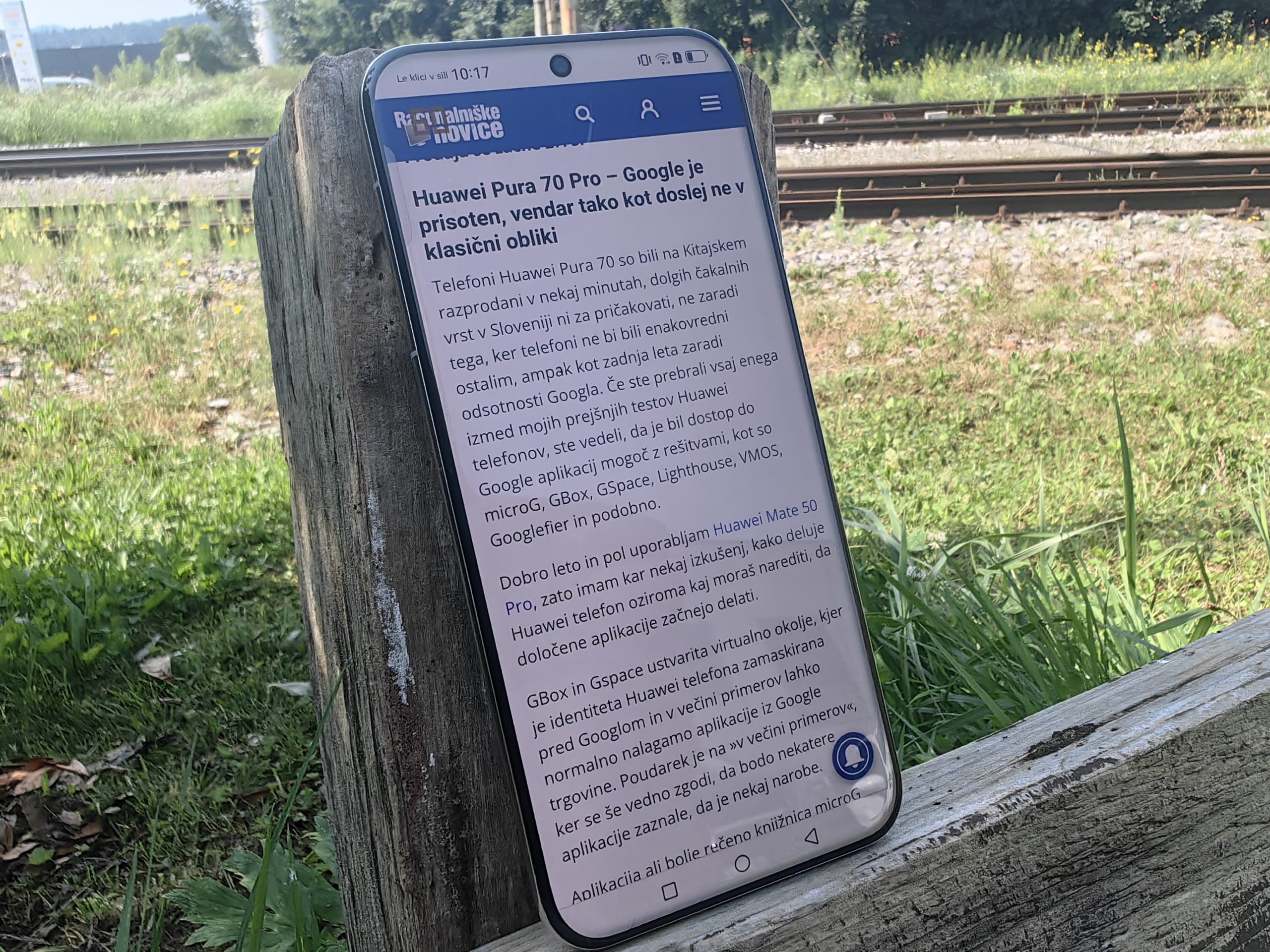
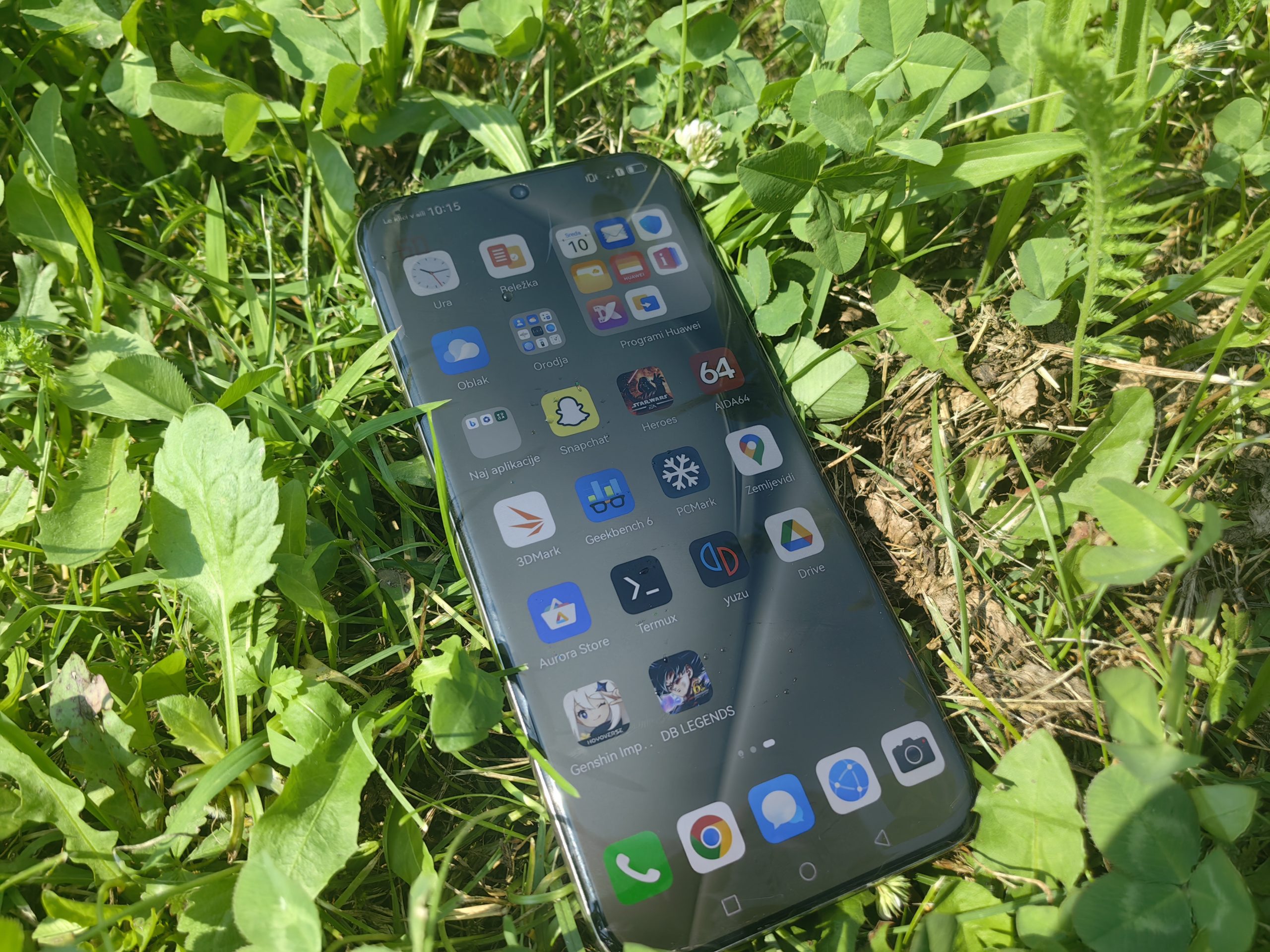
It is inhibited by the processor and the operating system
The Kirin 9010 processor is the same as the Pro version, so I won't delve too much into its performance. It is at least two generations behind Snapdragon and MediaTek chips. I checked to see if it might be overheating in the Ultra version, but it wasn't. Despite the fact that the numbers do not speak in its favor, it will be sufficient for daily use, for playing mobile games, even for using emulators.
What I didn't do on the Pura 70 Pro was try Windows emulation. I installed Mobox and a few games (Need for Speed Underground, Fable...) and at least with those older games it didn't have any boot issues. It did not overheat, which only confirmed my observation that the Kirin 9010 is well optimized.
There is enough RAM (12 GB), even the space (512 GB) will be difficult to fill completely, unless you are a really avid collector of photos, movies and games. The drive supports the UFS 3.1 standard, which is not the latest, but still fast enough to prevent stuttering.
The battery (5200 mAh) falls in the middle, which is still good, since the Kirin chip is built on a 7-nanometer architecture, which is less efficient than 4-nm. It will be enough for the whole day, even for a few hours the next day, but it does not break records.
THE TESTS
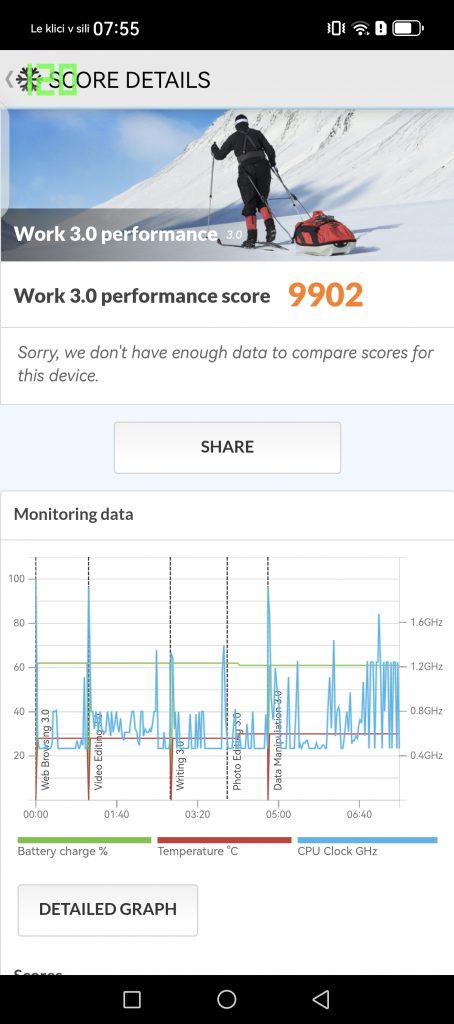
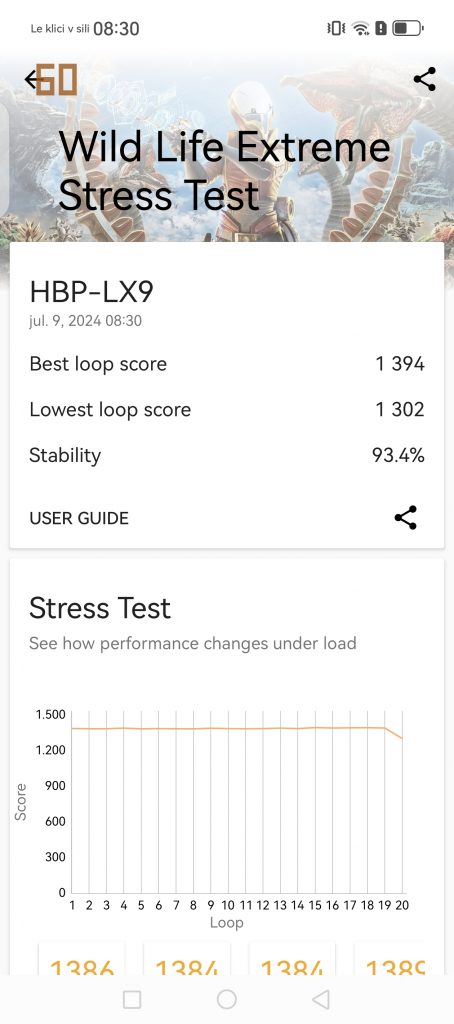
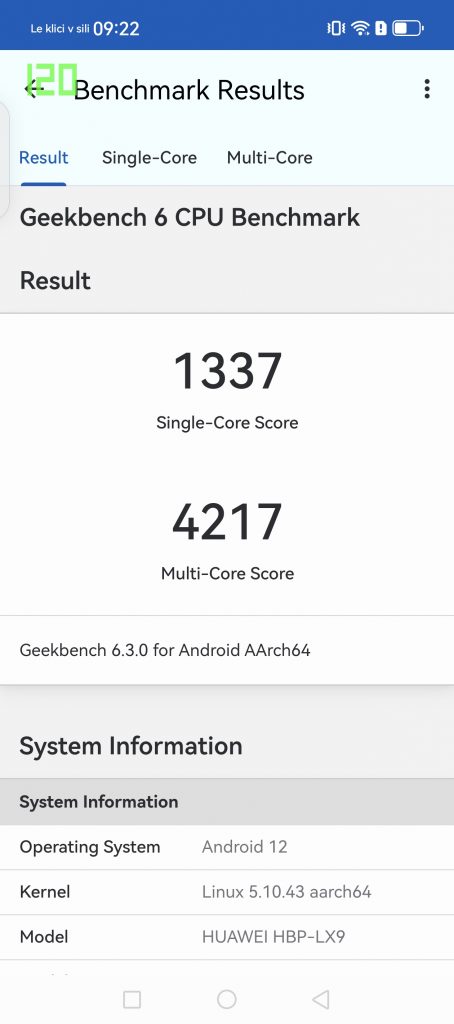
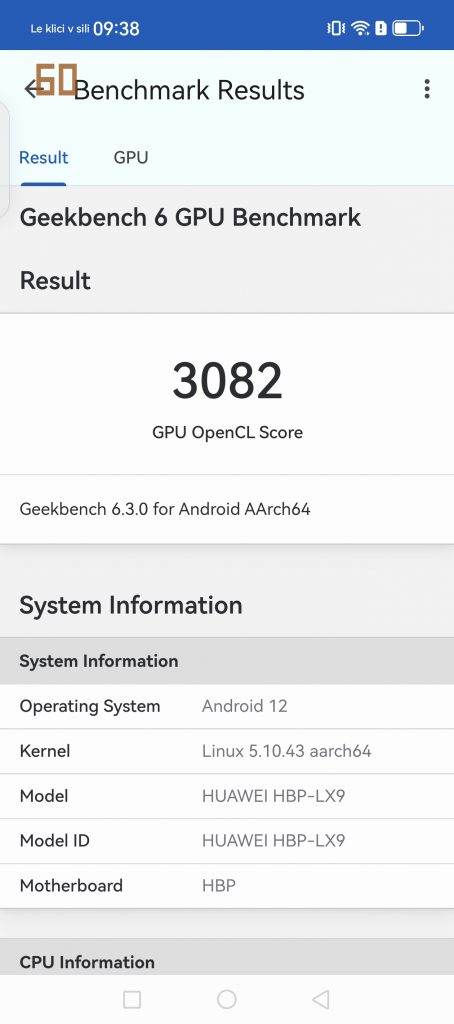
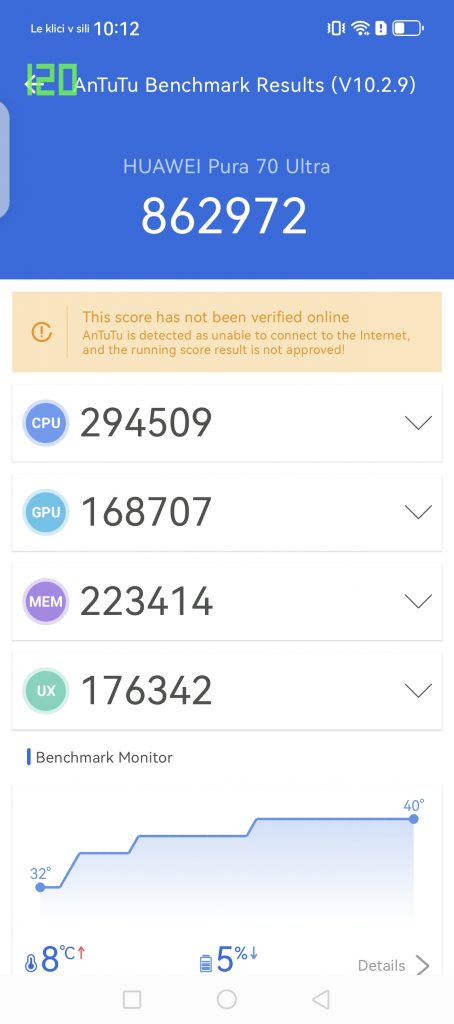
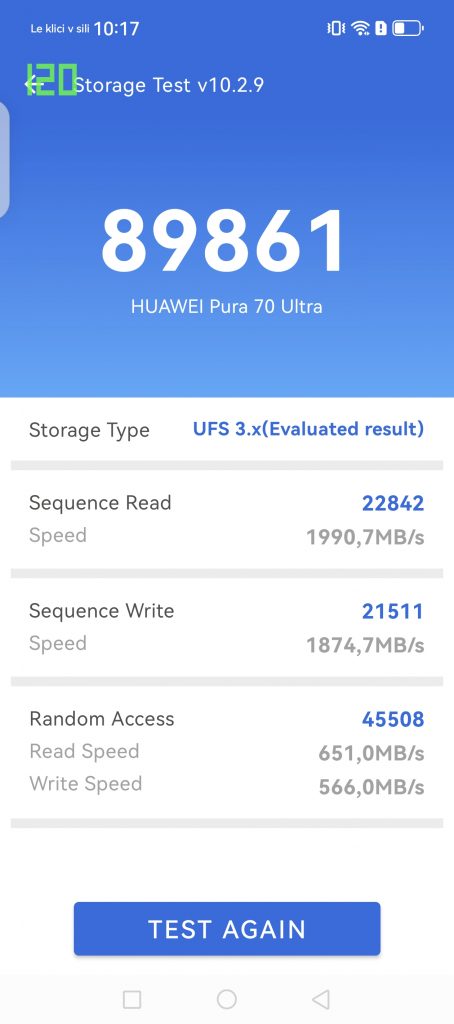
It lags behind, for example, the iPhone 15 Pro Max, Samsung Galaxy S24 Ultra, but it is better than for example Xiaomi 14 UltraOf all the above, the Huawei Pura 70 Ultra charges faster. It supports 100W wired charging (charger included), 80W wireless charging, and 20W reverse charging. Even if the battery doesn't have the longest battery life, you can charge it for a full day of use in just 15 minutes.
Another word about EMUI 14.2 and Google. For a detailed analysis, read Huawei Pura 70 Pro phone test. To summarize, there should be no software clutter in this category, nor should there be ads (for example, in the AppGallery store). The operating system is the same as the last two iterations, it has not changed significantly, except that microG, which is essential for using Google services and applications, is integrated at the system level.
You can use all banking apps (Revolut, NLB, Sparkasse) also available in the Huawei store, 99 % Google apps (Chrome, Drive, Photos, Maps...) and access all games, I recommend using the Aurora Store to download apps . GSpace and GBox still come into play when you come across a service or application that microG won't be able to trick.
Since the last test, my Huawei Mate 50 Pro has also received an update to the latest EMUI, but this is also the only major EMUI update the phone has received in a year and a half. Support in Europe is definitely not their strong point.
Huawei is said to be preparing a new HarmonyOS Next system for next year. Considering they want to get rid of Android with it, I doubt it will come to Europe.
Also missing is support for the 5G network, eSIM and the latest Wi-Fi 7, which is already available in other premium phones. Bluetooth is also older (5.2 instead of 5.4), another consequence of the US blockade.
Make up for all the dots in photography
- 50 MP (f/1.6-4.0), 23 mm, 1-inch sensor with OIS, pull-out mechanism, variable aperture
- 50 MP (f/2.1), 90mm, telephoto camera with OIS, 3.5x optical zoom
- 40 MP (f/2.2), 13 mm, ultra-wide camera
- 13 MP (f/2.4) front camera
The 1-inch sensor with the widest aperture (f/1.6), which can also be physically moved, has another ace up its sleeve, namely the pull-out mechanism that lifts the main camera out of the frame - that's the point , which I was looking for in a Huawei phone.
Whether the mechanism was necessary is not entirely clear, as other phones with a 1-inch sensor did not need it. But I'm glad it's there because it adds to the experience and is a component you don't see on other phones. The sound and movement it produces immediately reminds you of using a classic camera. You just need to be careful not to damage the retractable camera when you put the phone down. Always make sure the camera is turned off. Huawei says the camera should automatically shut down when it detects a finger or surface, at least it didn't for me. I also noticed that dust likes to accumulate around the ring, so I recommend regular cleaning.
As with all other 1-inch sensors, a higher level of detail, excellent contrasts and color gamut, and the ability to adapt to all conditions are noticeable. In daylight, you have nothing to hesitate. Aim, squeeze the shutter and you'll have a photo worthy of any album. When it gets dark and the sensor doesn't have as much available light, the photos still remain very sharp and clear. The software also does a lot of work, as you will notice when you compare the image before and after processing. When it gets completely dark, the quality of the photos drops a notch (as with all phones), but they are still useful, especially if there is at least some light source in the area, for example at a party, concert, etc.
GALLERY
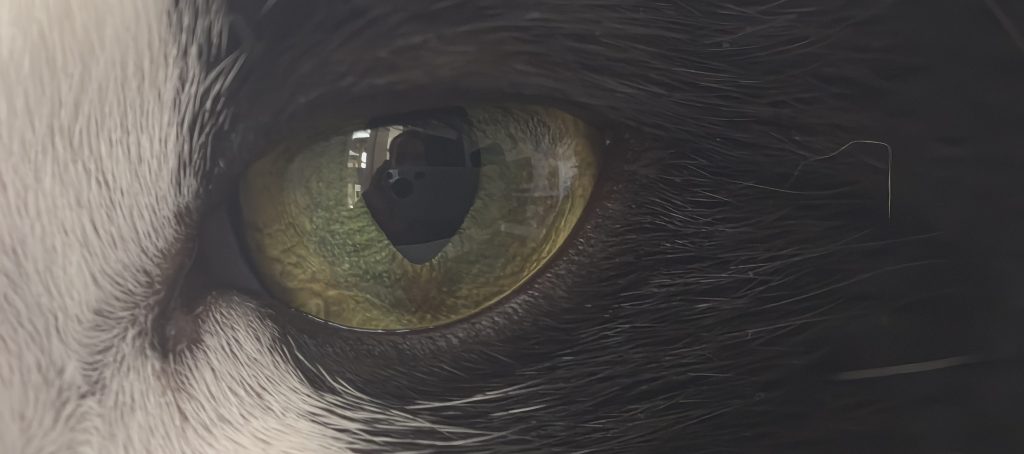
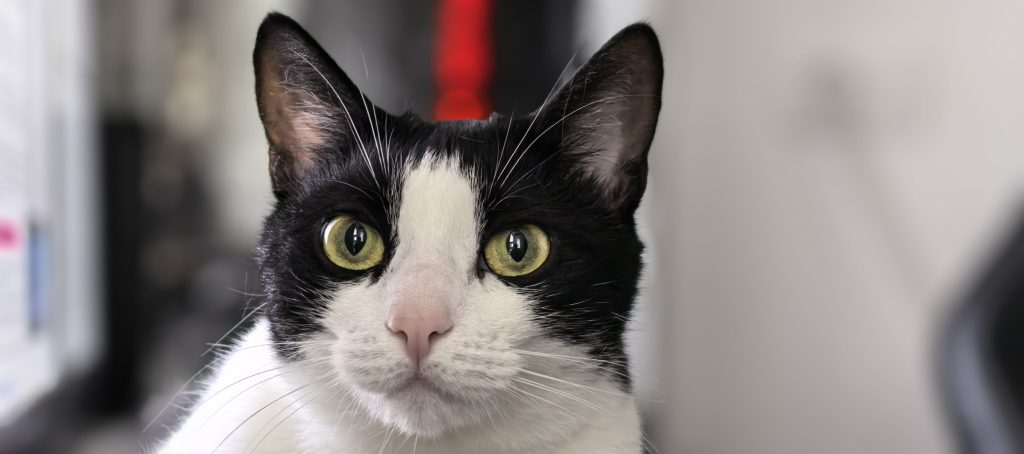

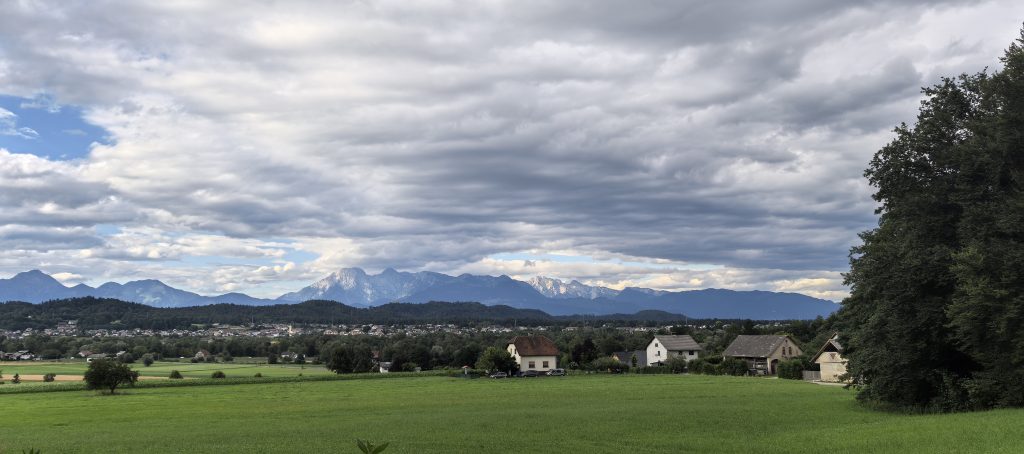

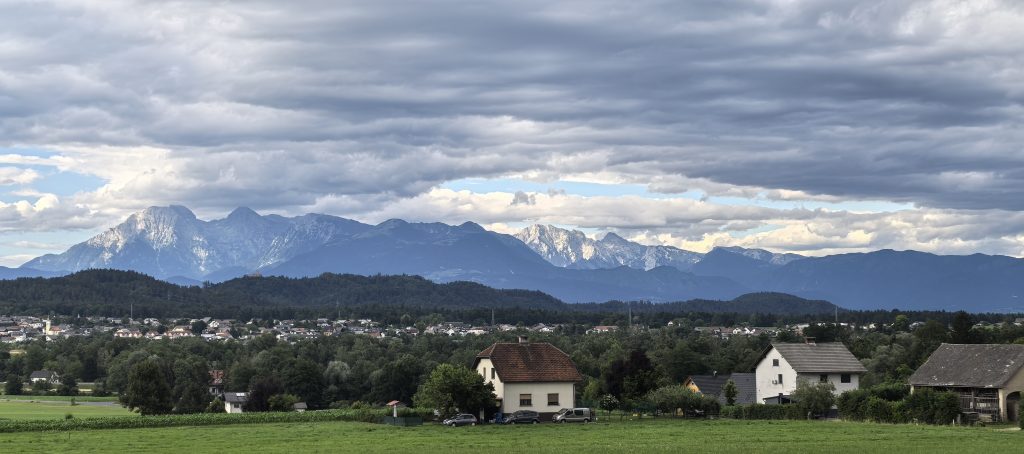
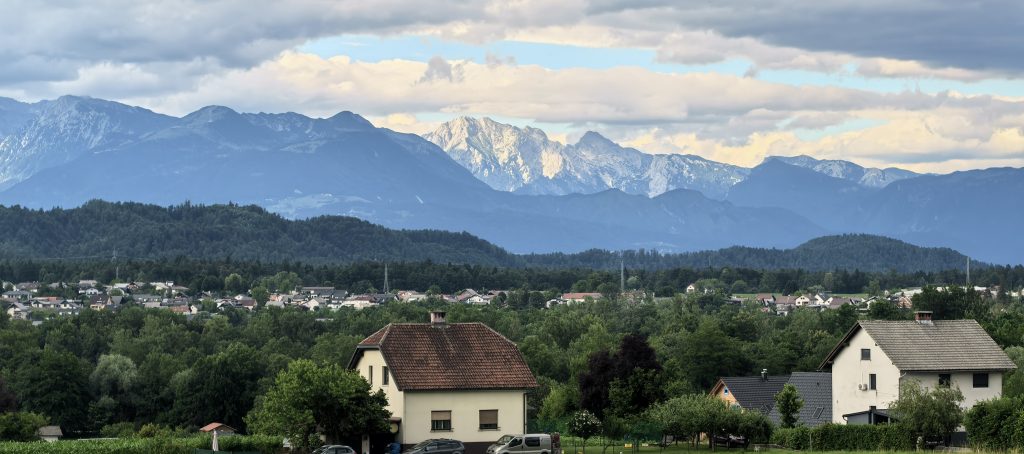



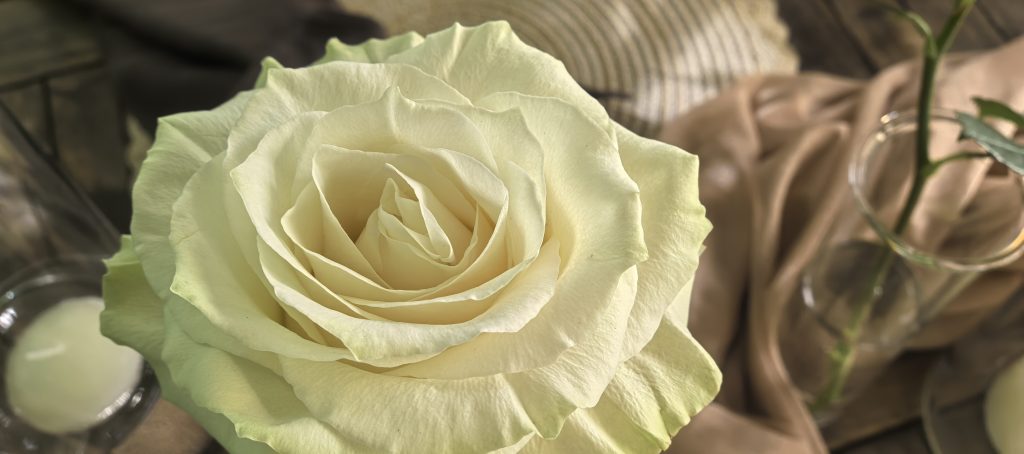
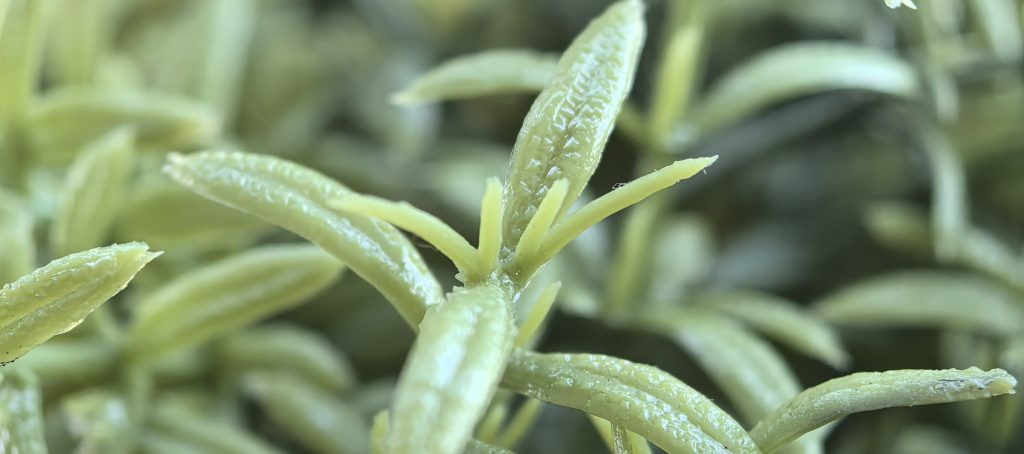
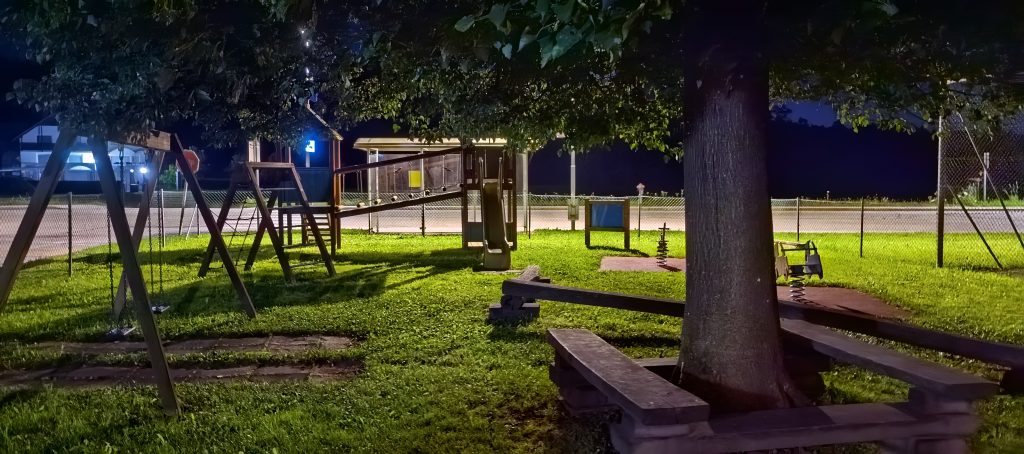
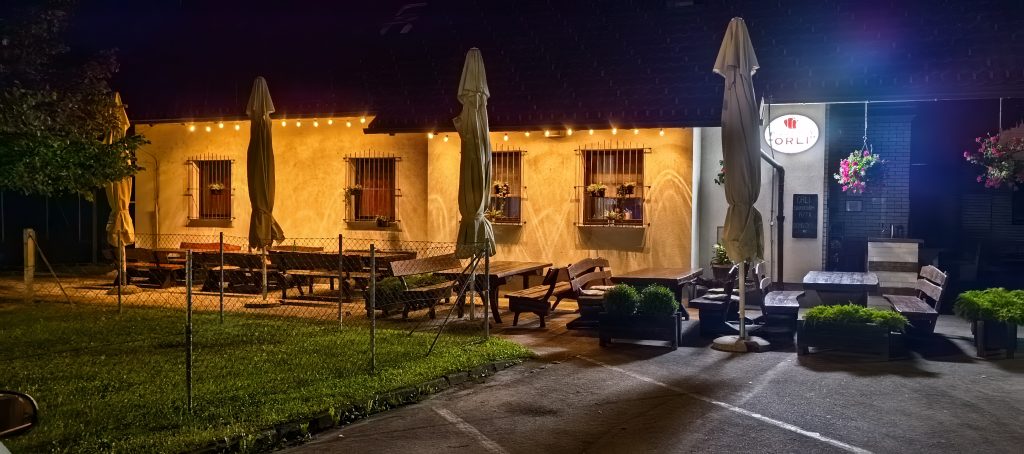
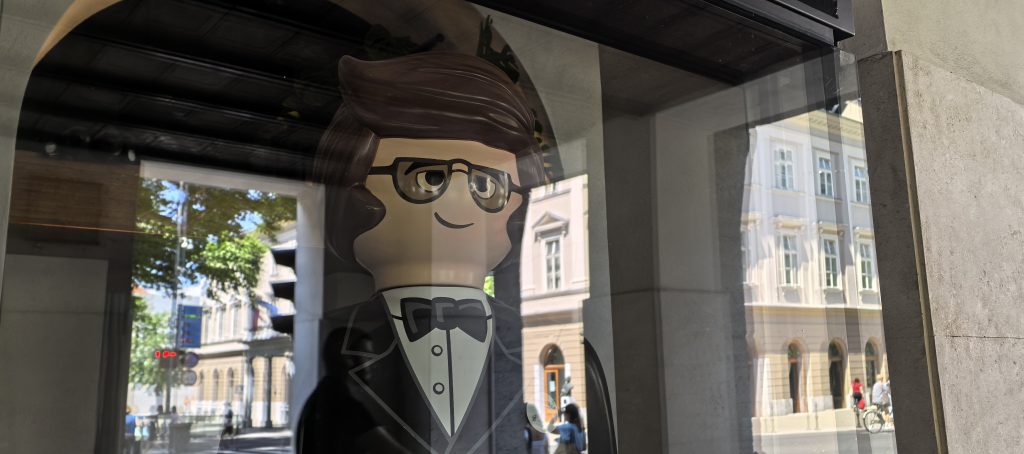
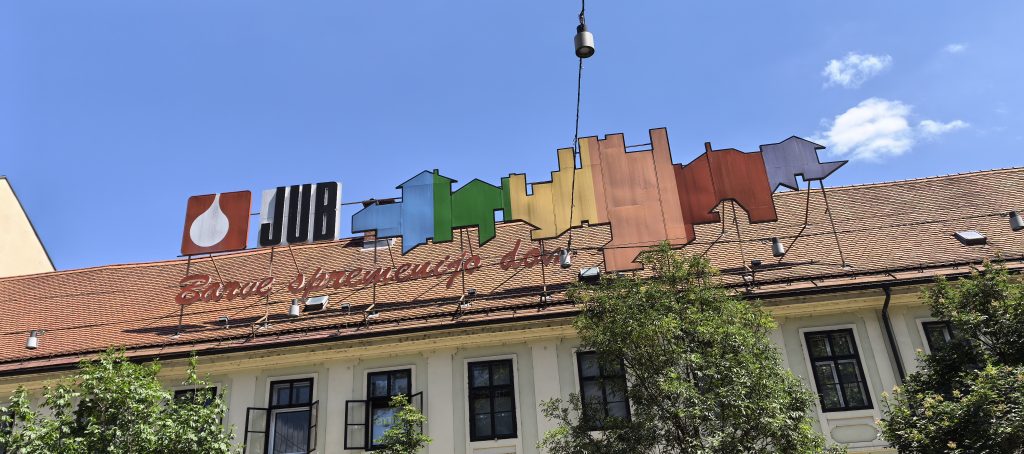

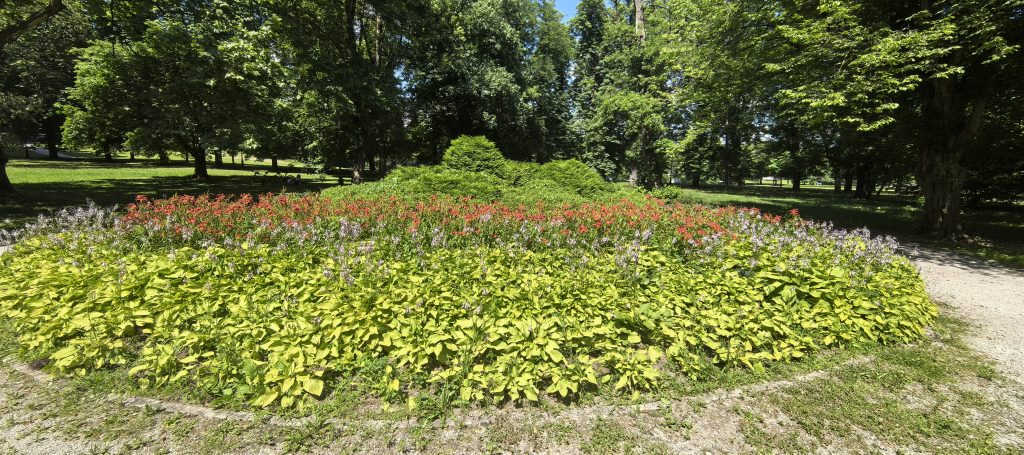
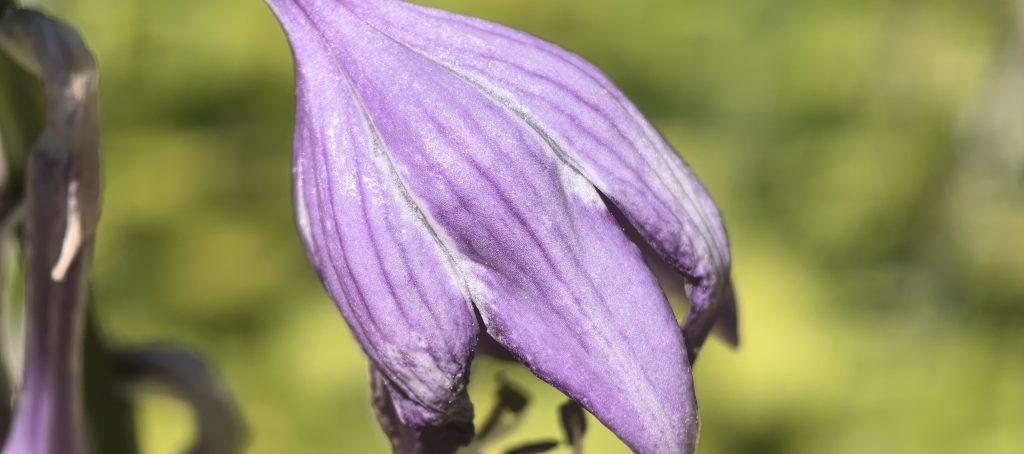
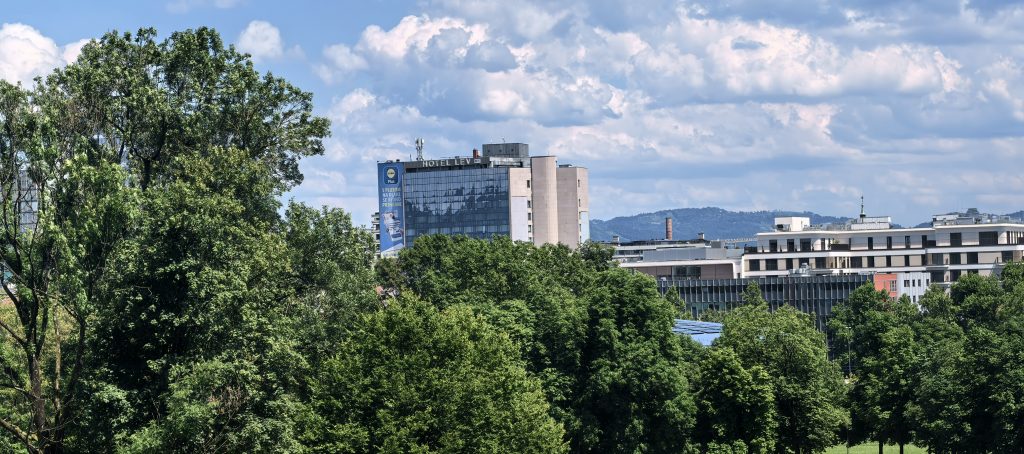
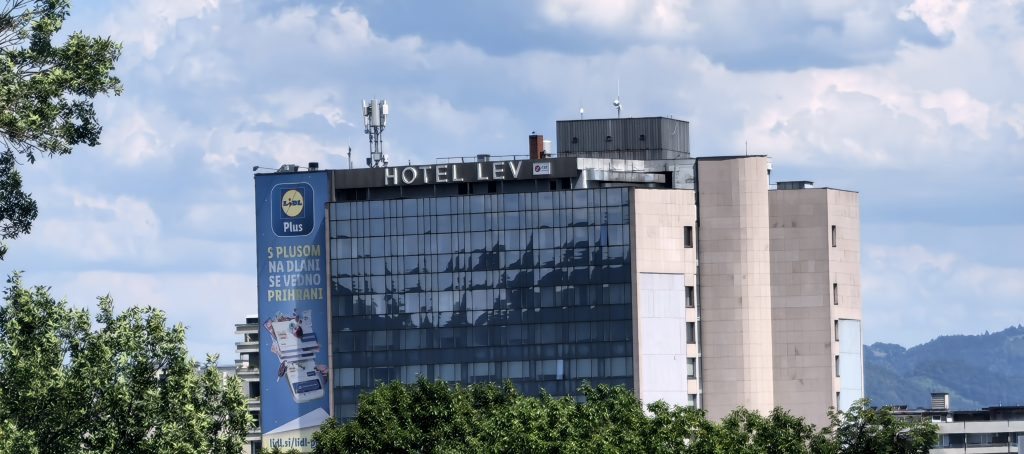
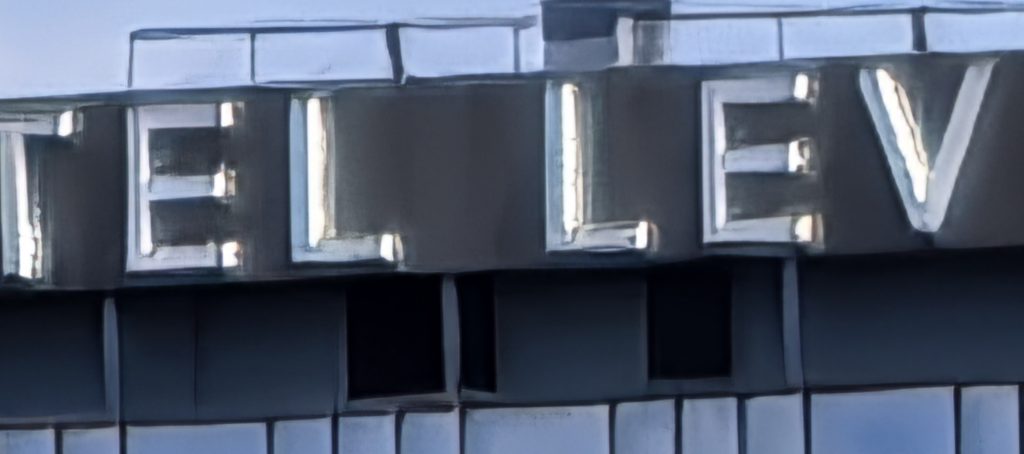
The aperture on the main sensor can be adjusted physically, not just visually. This means that we can adjust to our taste what kind of bokeh effect we want or what should be in focus in the photo. It's a shame that they are a feature Shutter moved to additional settings and is no longer available as a shortcut.
With a telephoto camera, the results are very similar. Although the optics stop at 3.5x zoom, the quality is still good even at 10x digital zoom. However, I can see room for improvement in nighttime use, where I feel like it could handle noise a shade better.
The ultra-wide camera also performs very well. I don't need it often because the ultra-wide sensor often distorts the dimensions of subjects, especially at the edge. So I prefer to rely on the main sensor and adjust my perspective (step forward, step back...). Photo quality is otherwise good, but definitely worse for the class than the main sensor, which is more a compliment than a criticism of the ultra-wide camera.
There is no 8K recording, "only" up to 4K (60 fps), which is also the most used resolution. In general, the recordings are of high quality and full of details. They struggle more at night, but no less than their rivals. Stabilization is very good, I would like minor corrections when zooming.
The front-facing camera is the weak point of an otherwise impressive photography lineup. During the day, the photos are fine, they are not excessive, but indoors and everywhere with poor light, they are known to have a hardware limitation.
Apart from the general use of cameras, I would highlight macro and portrait photography as his strongest weapons. It's been a long time since I took so many photos and later uploaded them to my private gallery. Portraits are clear, sharp. Pura 70 Ultra detected every hair on my pets and made a natural blur around it. I like that he doesn't overdo it with beauty corrections, so that the pictures are very realistic.
When you turn on the macro, you enter a new world. When you zoom in on any subject, you can see the finest details through the lens, which are always sharp and color accurate.
I'm also happy with the fast shots when you want to capture a moving subject. Still a winner here for me Honor Magic6 Pro, but I can also praise Puro.
Huawei Pura 70 Ultra - not quite ultra, but still very good telephone
Imagine the Huawei Puro 70 Ultra with the latest Snapdragon chip and consequently support for all the missing systems and default access to Google. He could easily challenge for the title of the best in 2024, but unfortunately, some people cannot overcome these limitations.
If you can ignore Kira's chip and operating system, you're getting one of the best camera phones out there, and arguably one of the best-looking too. The pop-up camera is a signature of Huawei engineers and a component that will stun connoisseurs and laymen alike.
The Huawei Pura 70 Ultra may not be ultra in all areas, but in terms of aesthetics and photography, no one can fault it.



